In a land far, far, away, in a time long ago Magnolias and Rhododendrons shared a common ancestor. The result of this is that Magnolias and Rhododendrons have some similar traits. The most important trait being that they both like a soil on the acidic side. This means when you are planting Magnolias always ensure that the planting mixture is on the acidic side. To do this just add some peat moss to the existing soil.
Fertilizing
When it comes time to fertilize your Magnolias you should use and acidic based fertilizer. This will be the same fertilizer you use on your Rhododendrons. This fertilizer can come in liquid or granular form. I use the liquid for a quick response or to just green up the foliage. The granular fertilizers are slower but longer lasting. While which manufacturer's fertilizer you chose is up to you the best I have found is an all natural product called Holly Tone™. I also use this type of fertilizer to feed my Variegated Pagoda Dogwood, Rhododendrons, Azaleas, Blue Hollies, Christmas Roses, Conifers, Hydrangeas and Magnolias. I feed my spring flowering Magnolias just as they finish blooming and again lightly in late June. My summer flowering Magnolias are fertilized in early May and again lightly in June.
Insects
I have not had to spray my Magnolias for insects but on occasion I have heard of them getting Magnolia scale. The control is to scrape off the scale, scrub them off with a nail brush, or spray with a systemic insecticide following the label directions. In this area Magnolia scale is in the crawler stage in August. This is when it is the easiest to control with a spray.
Pruning and Dead Heading
I have found with the spring flowering Magnolias that a light corrective pruning should be done after flowering in the beginning of June. The summer flowering Magnolias I have yet to have to prune. It is my guess that they will also be pruned in early June once active grow has started. Dead Heading is not necessary with all Magnolias in fact many of them naturally shed their spent flower heads. I do dead head my Magnolias though only when they are very young. I do this in order to encourage growth not seed production. Speaking of spent flowers, remember that all Magnolias will cover the ground with their spent flower petals. These should be removed for appearance sake, but also for disease and insect control.
Companion Plants
My favourite companion plants to Magnolias are Hostas, Periwinkle, Baltic Ivy, Variegated Persian Ivy, Christmas Rose, Impatiens, Non Stop Begonias, Hydrangeas and Daffodils.
Recommended Magnolias Varieties
Magnolia stellata
This variety blooms in our area (Zone 6) about the middle of April. Star Magnolias grow to be 15 to 20 feet high and 10 to 15 feet wide. This happens fairly slowly but always plan for it to become a reasonably large flowering shrub or small tree. The Star Magnolia has fragrant white flowers 3 to 4 inches in diameter. They start blooming at a very young age.
There are two other varieties of Magnolia stellata that you should consider. They are Royal Star and Waterlilly. Both of these Magnolias have pink buds fragrant white flowers with more petals than the Magnolia stellata.
Magnolia X loebneri (Leonard Messel)
Leonard Messel is best described as a pink star magnolia. The flowers are actually fuchsia with a purple-pink stripe and wavy petals. Leonard will be larger than the Magnolia stellata selections but really quite compact and faster growing. It usually blooms in my garden (Zone 6) about a week later than the white star magnolias.
Magnolia X soulangiana
Magnolia X soulangiana were the most common group of magnolias planted in Canada. In other words when you see a large old pink or purple magnolia it is a member of this group. On average they grow 20 to 30 feet high and just as wide. It grows 10 to 15 feet in just 10 years.
Magnolia liliiflora
These are now the most commonly planted group of pink magnolias. It is the Little Girl Hybrids which are responsible for this swing in popularity. Their upright habit produces a larger salable plant sooner. Generally they attain a height of 10 to 15 feet. Their flowers are reddish purple with a lighter pink to white on the inside. The Little Girl Hybrids bloom in May. So here are the girls to look for: Jane, Judy, Pinkie, Randy, Ricki, Ann, Betty and Susan – My favourites are Ann and Susan.
Magnolia acuminata (Elizabeth)
Magnolia acuminata is a compact pyramidal tree to who knows what height. It has large primrose-yellow fragrant flowers in May. It is suppose to be hardy to Zone 4. In my garden Elizabeth has up to 10 inch leaves and grows 12 to 15 inches per year.
Magnolia grandiflora (Edith Bogue)
Edith Bogue is a Southern Magnolia. It has evergreen leaves that look like a Rubber Tree ( Ficus elastica ). In fact passers-by have often asked how I can grow a Rubber Tree outside year round. It has a pyramidal form eventually reaching 30 feet high and 15 feet wide. Edith has 8 to 10 inch wide very fragrant white flowers throughout the summer. You should always plant Edith out of the wind. It has proven itself hardy in my Zone 6 garden over the last two years with no protection.

Magnolia grandiflora (Edith Bogue).
Any of these Magnolias will be superior when properly situated in your garden. Here are a few more varieties you should consider:

Magnolia acuminata (Yellow Bird).
Magnolia (Galaxy).




